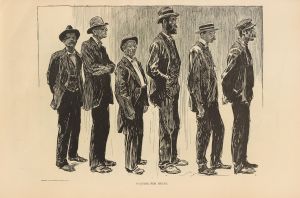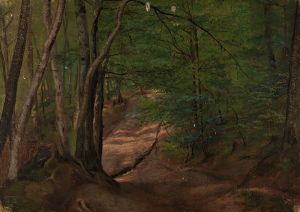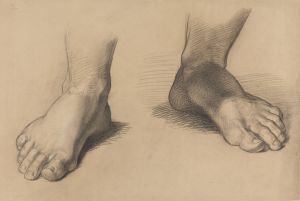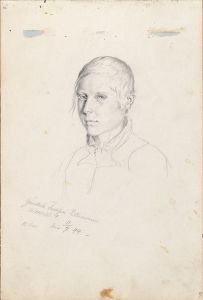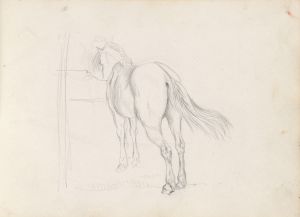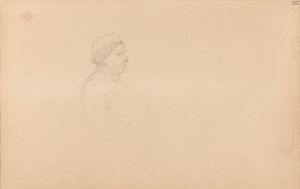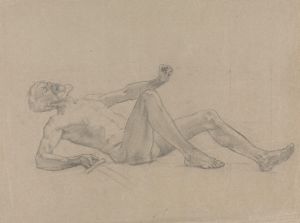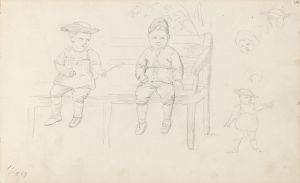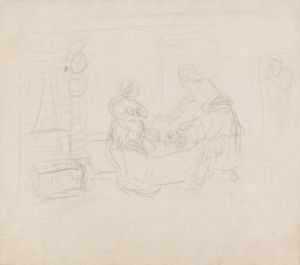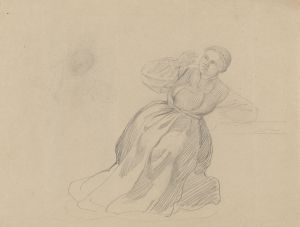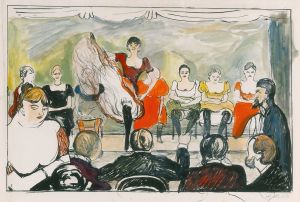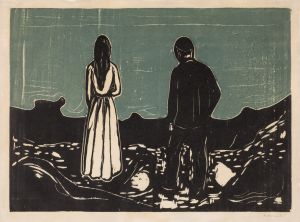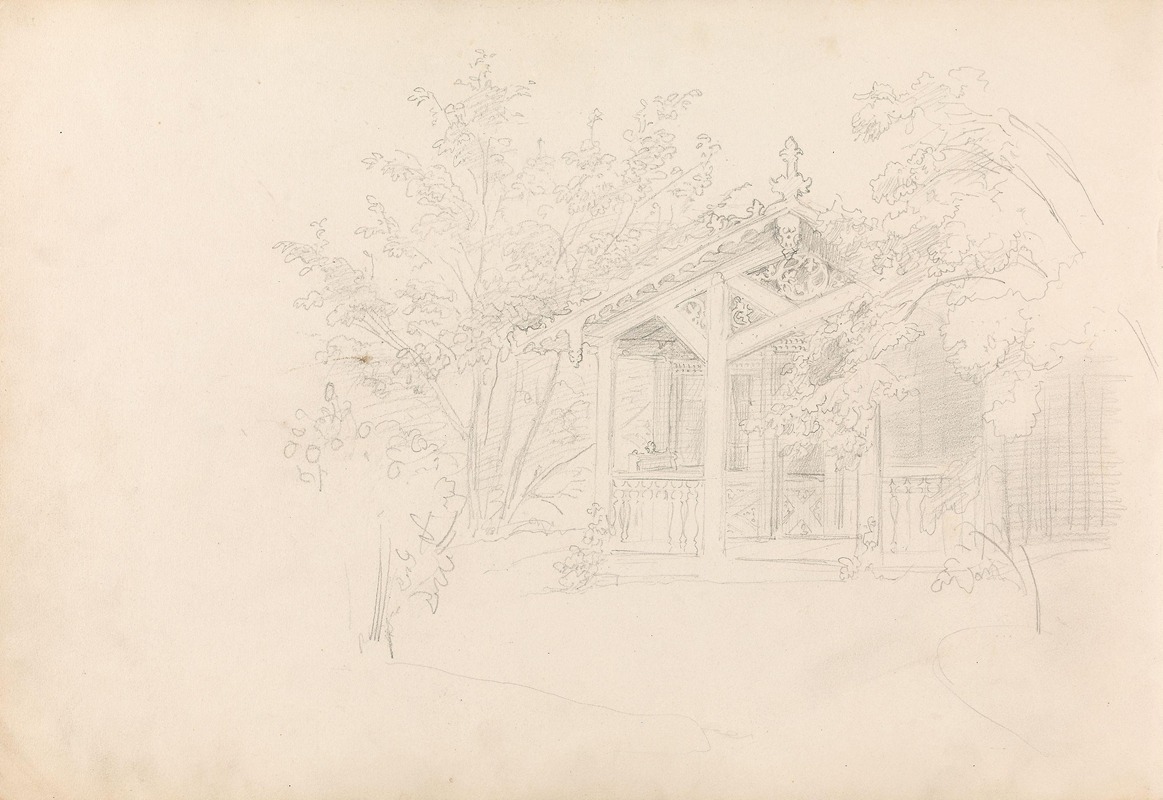
Dukkestuen ‘Heia’, Drammensveien 107
A hand-painted replica of Adolph Tidemand’s masterpiece Dukkestuen ‘Heia’, Drammensveien 107, meticulously crafted by professional artists to capture the true essence of the original. Each piece is created with museum-quality canvas and rare mineral pigments, carefully painted by experienced artists with delicate brushstrokes and rich, layered colors to perfectly recreate the texture of the original artwork. Unlike machine-printed reproductions, this hand-painted version brings the painting to life, infused with the artist’s emotions and skill in every stroke. Whether for personal collection or home decoration, it instantly elevates the artistic atmosphere of any space.
Adolph Tidemand (1814-1876) was a prominent Norwegian painter known for his detailed and realistic depictions of Norwegian folk life and traditions. One of his notable works is "Dukkestuen ‘Heia’, Drammensveien 107," which captures a scene from mid-19th century Norway.
"Dukkestuen ‘Heia’, Drammensveien 107" is a painting that reflects Tidemand's deep interest in Norwegian culture and his dedication to portraying it authentically. The title of the painting translates to "The Dollhouse 'Heia', Drammensveien 107," indicating a specific location and possibly a particular building or room known as 'Heia' on Drammensveien, a well-known street in Norway.
In this work, Tidemand employs his characteristic attention to detail and vibrant use of color to bring the scene to life. The painting likely depicts an interior scene, given the reference to a 'dollhouse,' which in the context of Tidemand's work, often symbolizes a domestic setting. His paintings frequently feature elements of Norwegian peasant life, traditional costumes, and everyday activities, providing a window into the cultural heritage of Norway during the 19th century.
Tidemand was part of the Düsseldorf school of painting, which influenced his style significantly. This school emphasized meticulous detail, realistic representation, and often romanticized rural and historical themes. Tidemand's works are celebrated for their ethnographic accuracy and their ability to convey the spirit of Norwegian rural life.
While specific details about the scene depicted in "Dukkestuen ‘Heia’, Drammensveien 107" are not widely documented, it can be inferred that the painting aligns with Tidemand's broader oeuvre. His works often include scenes of family life, celebrations, and other communal activities, all rendered with a keen eye for the nuances of Norwegian culture.
Tidemand's paintings, including "Dukkestuen ‘Heia’, Drammensveien 107," are valuable historical records that offer insights into the customs, attire, and domestic environments of 19th century Norway. They are appreciated not only for their artistic merit but also for their contribution to the preservation of Norwegian cultural history.
Adolph Tidemand's legacy as a painter is firmly established in Norwegian art history. His works are housed in various museums and collections, including the National Gallery in Oslo, where they continue to be studied and admired for their historical and cultural significance. "Dukkestuen ‘Heia’, Drammensveien 107" stands as a testament to Tidemand's skill and his dedication to capturing the essence of Norwegian life in his art.





